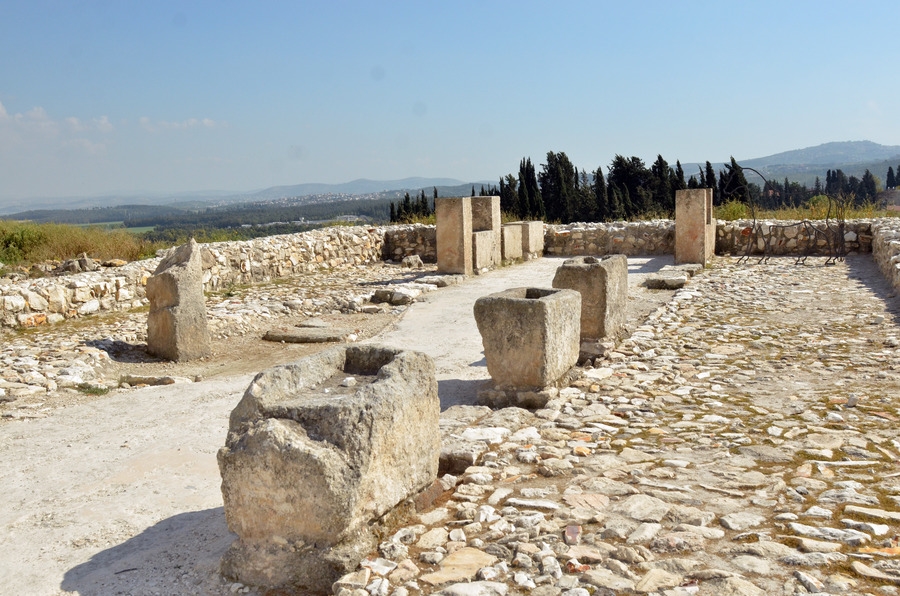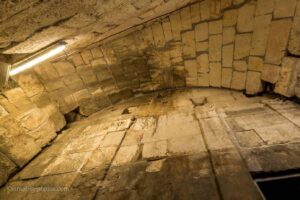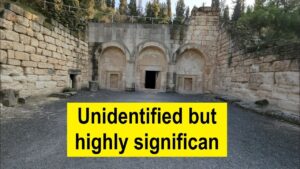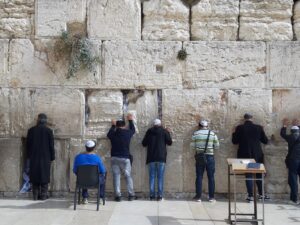Tel Hazor National Park: Exploring the Ruins of a Canaanite City
Nestled in the northern part of Israel, Tel Hazor National Park offers a fascinating glimpse into the ancient world. This UNESCO World Heritage Site is home to the ruins of Hazor, once a thriving Canaanite city and later an important Israelite settlement. With its rich history and stunning archaeological finds, Tel Hazor is a must-visit for history enthusiasts and curious travelers alike.
What to See at Tel Hazor
As you wander through Tel Hazor National Park, you’ll encounter a variety of intriguing sites. The park is divided into two main areas: the upper city and the lower city. The upper city is where you’ll find the remains of the royal palace, which dates back to the Canaanite period. This area also features impressive fortifications and a water system that showcases the engineering prowess of ancient civilizations.
In the lower city, you’ll discover the remnants of residential areas and public buildings. One of the highlights is the Solomonic Gate, a massive structure attributed to King Solomon’s reign. The gate’s impressive architecture provides insight into the city’s strategic importance and its role as a major trade hub.
Don’t miss the chance to explore the museum on-site, which houses a collection of artifacts unearthed during excavations. These include pottery, tools, and other items that paint a vivid picture of daily life in ancient Hazor.
A Bit of History and Interesting Facts
Tel Hazor’s history stretches back to the third millennium BCE, making it one of the oldest and most significant archaeological sites in the region. During the Canaanite period, Hazor was the largest fortified city in the area, covering approximately 200 acres. It was a major center of commerce and culture, with strong ties to Mesopotamia and Egypt.
The city reached its peak during the Middle Bronze Age, around 1750 BCE, when it became a powerful kingdom. However, Hazor’s prominence waned over time, and it was eventually conquered by the Israelites in the 13th century BCE. The city was rebuilt and expanded under King Solomon, becoming one of the key administrative centers of his kingdom.
One interesting fact about Tel Hazor is that it is mentioned in several ancient texts, including the Bible. The Book of Joshua describes the city’s conquest by the Israelites, while the Book of Kings references its fortifications under Solomon’s rule.
Getting There and Tips for First-Time Visitors
Tel Hazor National Park is located near the modern town of Hatzor HaGlilit, about 15 kilometers north of the Sea of Galilee. If you’re traveling by car, you can reach the park via Route 90, which runs through the Jordan Valley. There is ample parking available on-site.
For those relying on public transportation, buses from major cities like Tel Aviv and Jerusalem can take you to nearby towns, where you can catch a local bus or taxi to the park.
When visiting Tel Hazor, it’s a good idea to wear comfortable shoes and bring plenty of water, as you’ll be doing a fair amount of walking. The park is open year-round, but the best time to visit is during the cooler months, from October to April, when the weather is more pleasant for exploring.
For first-time visitors, consider joining a guided tour to gain deeper insights into the site’s history and significance. Guides are knowledgeable and can provide context that enhances your experience.
Whether you’re a history buff or simply curious about ancient civilizations, Tel Hazor National Park offers a captivating journey through time. Its well-preserved ruins and fascinating artifacts make it a unique destination that brings the past to life.








